This was published 5 years ago
Bird watching in Western Australia: Broome Bird Observatory - where to see the largest migration of birds
By Steve Meacham
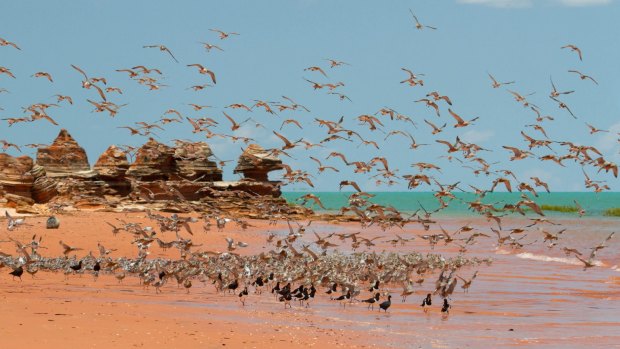
Shorebirds at Broome Bird Observatory.Credit: Ric Else
At the beginning of March each year, Nigel Jackett starts listening for the familiar sounds of eastern curlews. The migratory birds make a particular call in the early evening as they start to gather and prepare to travel north from their summer home near Broome.
Once the process starts, Jackett, who is the warden at Broome Bird Observatory, starts taking daily groups of visitors down to the mudflats at Rosebuck Bay, about 25 kilometres south-east of Broome, to watch the birds taking off in their distinctive V formations.
Of the hundreds of bird species who spend time in this part of the world, the Eastern Curlew may be Jackett's favourite. It's the largest of the migratory shore birds to visit Australia and usually the first of all the species that depart for the northern hemisphere between March and May each year.
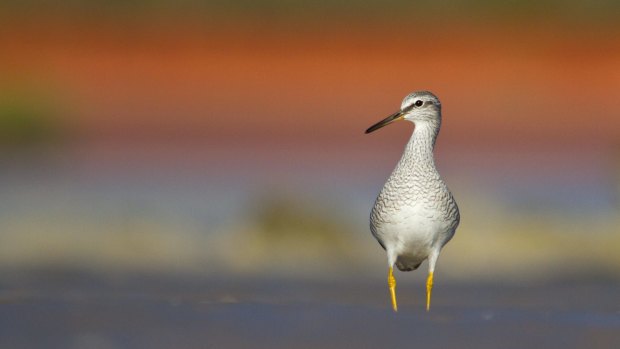
Grey-tailed Tattler at Broome Bird Observatory.
The round trip from the Eastern Curlew's breeding ground near Vladivostok, close to Russia's border with China and North Korea, is an epic 17,500 kilometres but that's nothing compared to the journey made by some of the other species that also spend the wet season in Western Australia's unforgettable Kimberley.
Spare a thought for the much smaller Red Knot, for example, which Jackett says is "around the size of a can of baked beans". Each year the Red Knots fly 24,000 kilometres each way between Broome and the New Siberian Islands off the north coast of Russia, deep in the Arctic circle.
With its bright red face and chest, the male Red Knot knows not to take flight as early as the Eastern Curlew because its Arctic breeding ground will still be covered in snow and ice. Sometimes, they stay in Broome until May.
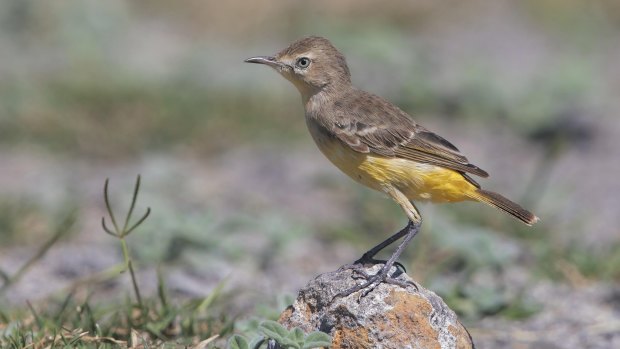
Juvenile Yellow Chat.Credit: Alamy
The Red Knot faces increasing challenges on the journey north to breed. "Virtually the entire Red Knot population goes through Bohai Bay in China," Jackett says. "But this is an area of rapid development. The Red Knots are having to compete for whatever food survives, so their numbers are dropping rapidly."
If you've never heard of the Broome Bird Observatory, which celebrates its 30th anniversary this year, join the club. It is, however, internationally famous. Jackett runs through the nationalities of the scientists who come here to monitor the 2018 migration: Brits, Americans, Chinese, Canadians, Russians, Taiwanese, Dutch – and, of course, Australians.
"The Wet", Broome's off-season (November to April), is the best time to see the full range of birds which visit this part of the world. In February, once the road from Broome is re-opened after the cyclone season floods, amateur birdwatchers (particularly from Australia's southern states) arrive in their Winnebagos, pitch their tents or book the observatory's cabin-style accommodation to enjoy one of nature's greatest "free" bird festival.
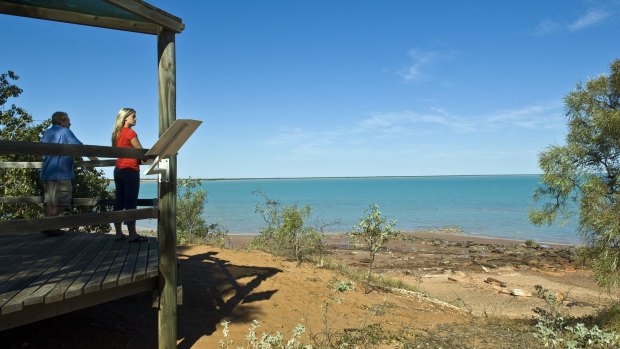
View from the lookout at the Broome Bird Observatory, overlookinbg Roebuck Bay.Credit: Tourism Western Australia
Every March and April, the observatory hosts its popular "Wave The Waders Goodbye" courses (which include lectures, site visits and classic photo opportunities). Come September and October, the waders return, with their exhausted chicks in tow – but this time in dribs and drabs.
The observatory was founded in 1988 in a unique environment. It's built "on a little patch of pindan", Jackett says, referring to the distinctive red soil and the native vegetation of WA's Dampier peninsula. "It's sandy soil that doesn't hold water very well.
"But a hundred metre walk will take you to the beaches of Roebuck Bay where the shore birds – mainly plovers and sandpipers – gather."
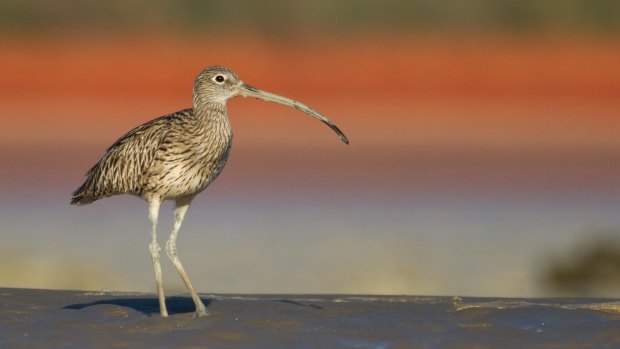
Eastern Curlew at Broome Bird Observatory.Credit: Steve Meacham
But wait, there's more.
"We've also got special mangrove birds which come to Crab Creek, another kilometre south. We're talking White-breasted Whistlers, Red Headed Honeyeaters and Dusky Geygone."
And the rarest visitor?
"Our most famous bird is the Yellow Chat," Jackett says. "It's a very small bird, and not even a proper chat. It was named by the British who were reminded of the chats back home.
"This time of year, it is a bright yellow as it breeds on the wet grasslands."
The Yellow Chat is usually only found in dry, arid interior parts of Australia where few visitors venture, Jackett explains. "But because we're situated on the edge of the Great Sandy Desert, we often see them here."
TRIP NOTES
MORE
FLY
Virgin Australia and Qantas fly to Broome from Sydney, Melbourne and Brisbane (sometimes via connecting flights).
STAY
Moonlight Bay Apartments: moonlightbaysuites.com.au
Steve Meacham was a guest of Australia's North West Tourism.
Sign up for the Traveller Deals newsletter
Get exclusive travel deals delivered straight to your inbox. Sign up now.